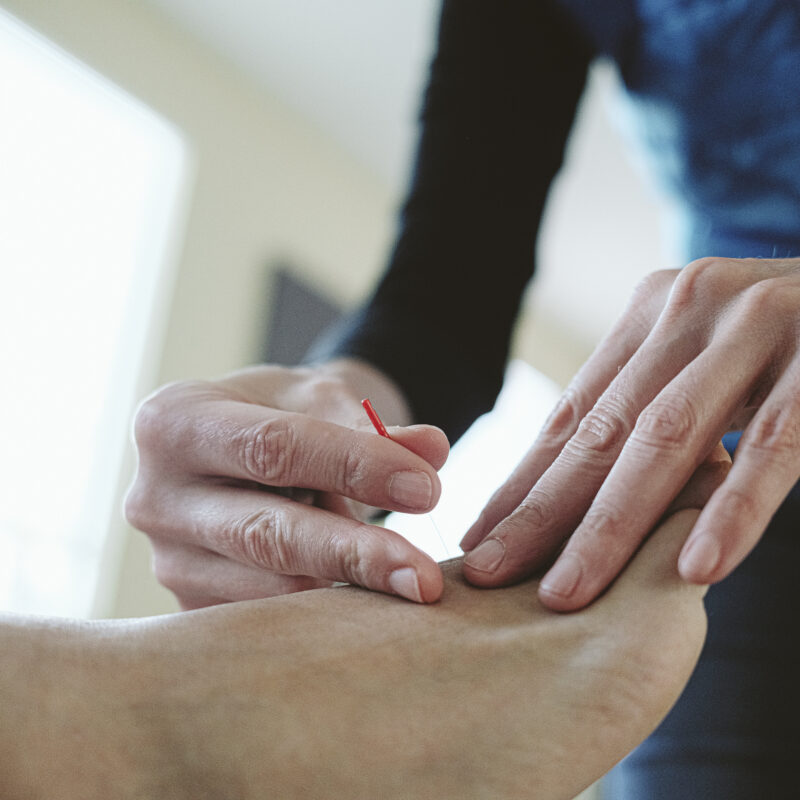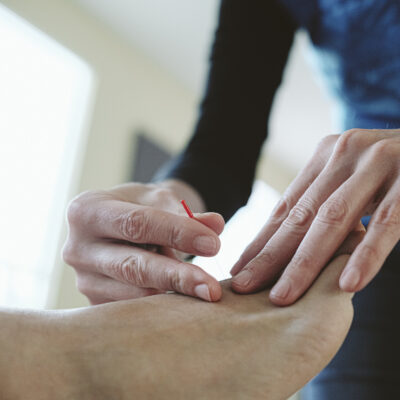You can’t get away without cleaning your house. (Well, you can hire someone to do it for you, but if you’re reading this we bet you fall just outside that particular category.) And no amount of supermarket-style perkiness can disguise the, well, down-and-dirty nature of the chore. You’re on your knees, you’re up to your elbows in bacteria, and you’re making things clean. It might not be fun, but it sure can be satisfying. Herein, ABODE’s take on one of the only things all houses have in common. We’ve got a discussion of the disgusting (read: germs), a test of your housekeeping smarts, a guide to eleventh-hour sprucing-up for company, and some tips on how to clean without dirtying up the planet. Please note: Latex gloves are highly recommended for readers of this article.
Why we fight
When you boil it down, we clean for two reasons: ourselves, and other people. It’s certainly nice to feel righteous when Girl Scouts show up at the door with their nosy parents (Entryway spic’n’span? Check!), but it matters not a whit if you’re not comfortable in your abode. And the category “comfortable” definitely includes “healthy.” Cleaning isn’t just about aesthetics, after all: It’s about not getting sick.
 Office germs is serious business. The Virginia Health Department’s David Easton says to scrub first, then disinfect. And we say to cackle maliciously while doing so. |
So there you stand, mop in hand. You’re determined to rid your pad of all nasty creepy crawlies that could give you the flu or your kids a new allergy or two. Where to begin?
First of all, let’s talk about bugs. Not cockroaches—though banishing those guys is certainly a must for any self-respecting housecleaner—but the bugs you can’t see, the ones that cause infections. They hang out on anything that’s been touched, sneezed on, breathed on, or otherwise anointed by human or animal bodies. (You get the idea.) Same goes for objects in your kitchen that have come in contact with uncooked meat. How do you disinfect these spots? David Easton, an industrial hygienist with the Virginia Department of Health, says to scrub first, then kill the buggies. If you just go right in with the bleach on a bloodstain or fingerprinty faucet, he says, “The organic material binds with the bleach and eliminates its killing power. Wash the surface first, then disinfect.”
Fair enough. What exactly should you wash? Easton referred to several well-known studies by Charles Gerba, a microbiologist at the University of Arizona who investigates the places in our homes and offices that are most disgustingly germ-infested. His findings are surprising in that “How did I make it this far in life without getting botulism?” kind of way.
In order of squeamitude, according to Gerba, the germiest areas of the house are these: kitchen sponge, kitchen sink, bathroom sink, cutting board, kitchen floor, bathroom floor, bathroom counter. That’s right: the toilet’s not even in the top seven. So if you’re only going to clean a couple of areas, make them the sinks—and don’t use that stanky sponge.
More wisdom from Gerba that may inspire you, next time you’re chilling at home, to don a biohazard suit instead of your robe and slippies: A toilet flushed with the lid up sends a fine plume of contaminated water into the air, which then lands on everything in the room. (Including—the truth is so painful—your toothbrush.) The lesson here should be obvious: Put the bloody lid down! Also, Gerber found that when washing several loads of laundry, contaminants from the first load will wind up in the last load. The take-away: Put your skivvies through last.
It’s not just bacteria and viruses that can make us sick. Upper respiratory disease is another hazard of living in a house. The big reason to be vigilant about dusting and vacuuming—other than avoiding that monochromatic, Miss-Havisham’s-house-in-Great Expectations look—is to defend against dust mites. Mites are tiny arachnids whose droppings can trigger severe allergies. According to Easton, even if you don’t think you have a sensitivity to mites, you can develop one with enough exposure to them. (If they showed up to your Super Bowl party, that qualifies as “enough.”)
Allergies are a worry with molds and mildews, too. There’s great info about dealing with these moisture-loving organisms on page 13. Besides that, use a dehumidifier to keep your relative humidity below 50 percent, and follow Easton’s rule of thumb if you do notice a moldy patch: “If you have less than 10 square feet of the stuff, you can clean it yourself.” Otherwise, “It’s a good idea to look into professional cleaning.”
Finally—toilet plumes and nastilicious sponges aside—remember the maxim that Easton, along with every other public health official on the planet, repeats like a mantra: Wash your hands!





